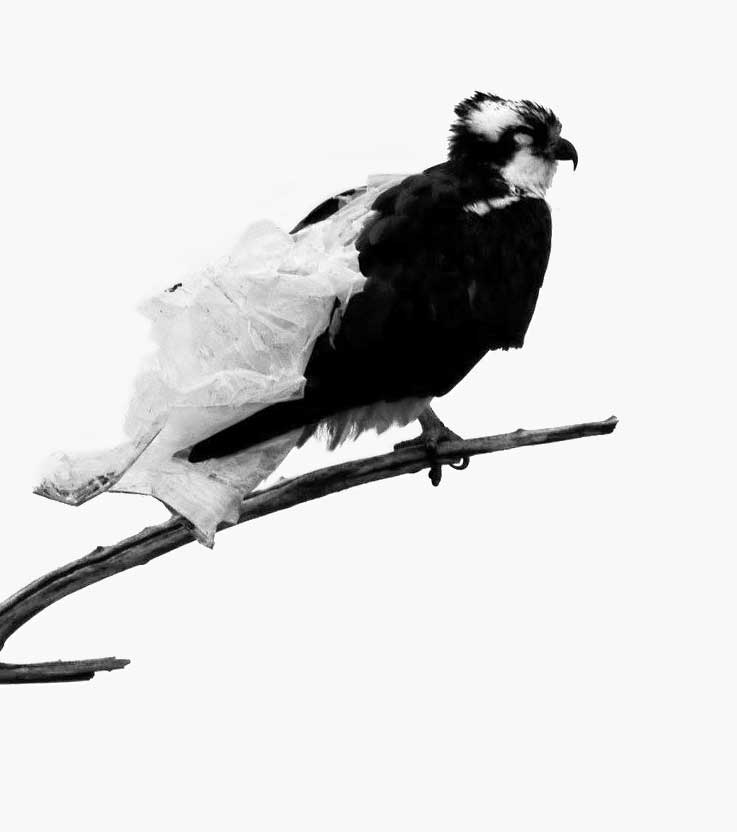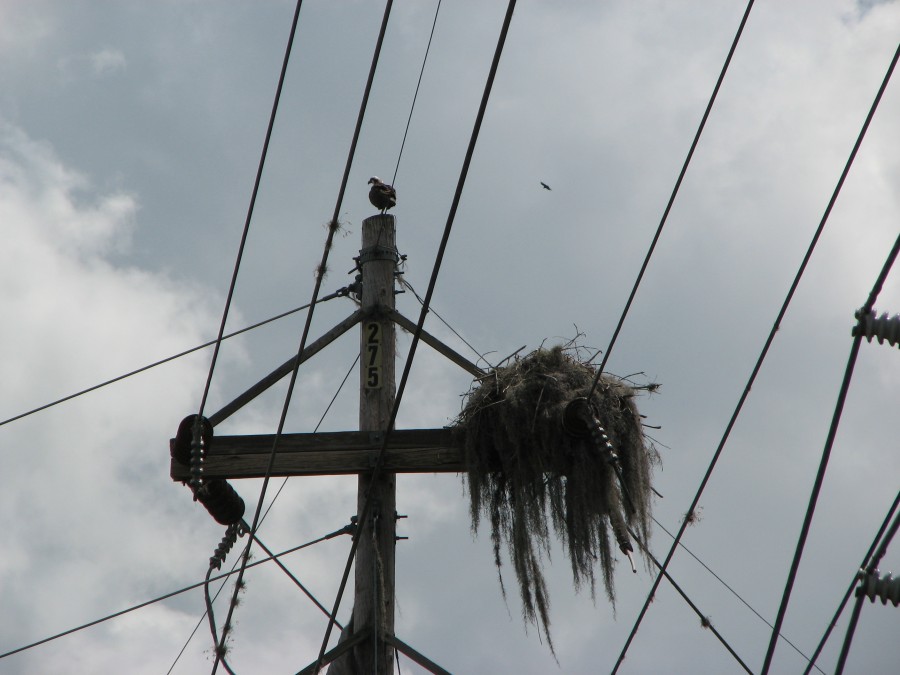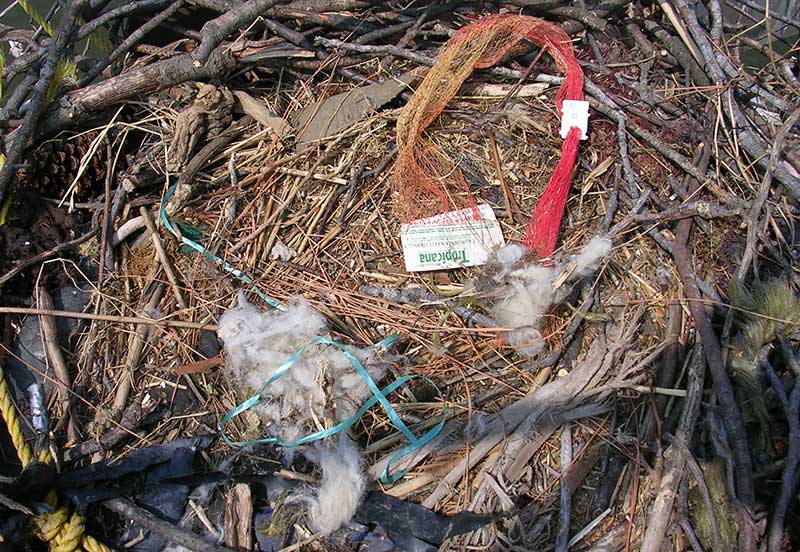As with most wildlife, osprey confront hazards as they navigate within an increasingly human-dominated world.
We have had many messages from ospreywatchers who have been concerned about ospreys they are monitoring.

As with most wildlife, osprey confront hazards as they navigate within an increasingly human-dominated world.
We have had many messages from ospreywatchers who have been concerned about ospreys they are monitoring.
Ospreys nest on many different types of manmade structures including buildings, cell towers, boats, utility poles, and channel markers. Nests on utility poles or transmission towers pose a significant risk to both adult and juvenile osprey.
Nests on utility structures with energized wires pose risk to osprey from:
Many utility companies participate in the Avian Power Line Interaction Committee (APLIC) and follow their guidelines on managing bird nests on power poles. If you have a nest you’re concerned about, contact your local electric utility and ask to speak to their environmental staff. Utilities are interested in minimizing electric outages from bird electrocutions and should respond positively to your request.


Many ospreys are trash collectors and often collect materials from the water surface or along shorelines to bring to nests. When this material includes filaments like fishing line, nets, twine or rope adult osprey and their young are vulnerable to entanglement. Adults with entangled feet may have a difficult time hunting. Young entangled in the nest may not be able to eat, move or grow and may end up being hung on nest structures. If you suspect an osprey has become entangled, contact your state or provincial wildlife agency office for assistance.